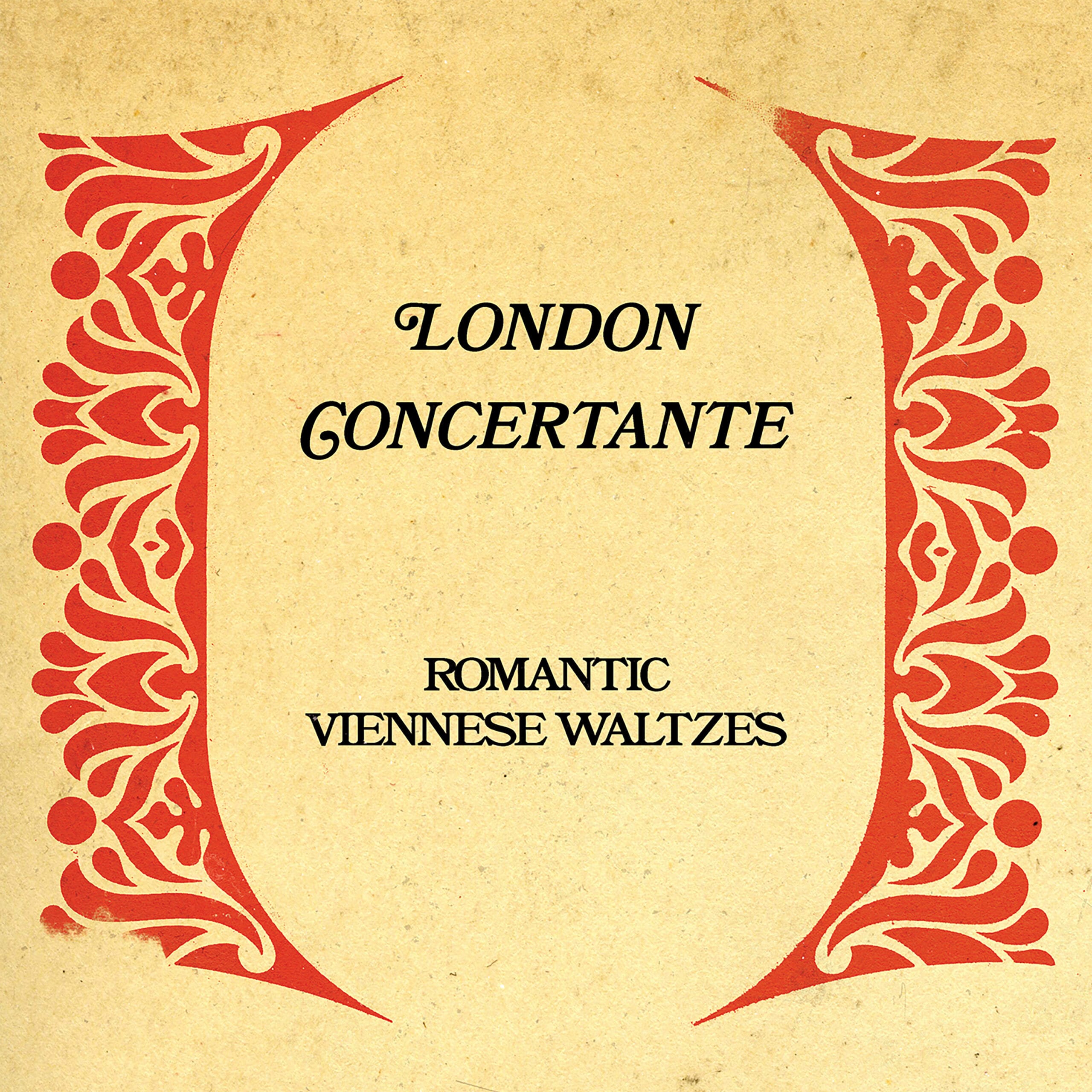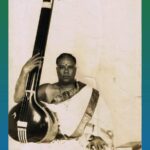Lost in the world of classical music and yearning for a fresh twist? Look no further! The Viennese waltz, known for its captivating melodies and elegant moves, is stepping into a modern era. Join us as we uncover enchanting tunes that are putting a contemporary spin on this timeless genre. From heart-stopping remixes to captivating reimagined classics, get ready to sway and twirl to the vibrant beats that are transforming the Viennese waltz for today’s music lovers.
Unveiling Modern Twists on a Timeless Classic
We all know the Viennese Waltz – that elegant, swirling dance that conjures up images of grand ballrooms and sparkling gowns. It’s a dance that seems to transport you back in time, all thanks to the incredible music that drives it. While the classics by the legendary Johann Strauss will forever hold a special place in our hearts, there’s a whole world of modern music out there just waiting to be waltzed to!
Think of the Viennese Waltz, and your mind probably goes straight to Strauss. Pieces like “The Blue Danube” and “Tales from the Vienna Woods” are practically synonymous with the dance. These timeless masterpieces perfectly capture the waltz’s spirit – its grace, its romance, its sheer joy. But what if you want to put a fresh spin on this traditional dance?
Well, you’re in luck! These days, DJs and artists are breathing new life into the Viennese Waltz by transforming modern songs into dance floor magic. Imagine gliding across the floor to a waltzing version of “A Thousand Years” or “Lavender’s Blue”! It’s a beautiful blend of old and new, making this classic dance feel surprisingly current.
The beauty of the Viennese Waltz is that it transcends the ballroom. It’s the perfect choice for weddings, anniversaries, or any occasion where you want to create a sense of timeless elegance. For a traditional feel, stick with the classics like “The Blue Danube”. But if you’re after a more modern vibe, consider something like Amanda Stott’s “Homeless Heart” – it’s a beautiful song that perfectly embodies the romance of the waltz.
Of course, choosing the right music is only half the battle! To truly master the Viennese Waltz, it’s important to understand its nuances. For competitions, you’ll need a faster tempo to showcase those impressive moves. Social dancing, on the other hand, calls for a more moderate pace to allow for conversation and connection. And if you’re just starting out, don’t be afraid to begin with pieces that have a clear rhythm and a slower tempo – it’ll make learning the steps a whole lot easier!
The Viennese Waltz has captivated dancers for centuries, and it’s not hard to see why. Its elegance, romance, and adaptability make it a truly timeless dance. So, whether you prefer the classics or you’re eager to explore its modern interpretations, the Viennese Waltz is sure to transport you to a world of grace and beauty.
Outperforming the Competition: What is the Most Famous Viennese Waltz?
Here’s a breakdown of how to create a stellar SEO article about the most famous Viennese Waltz, leveraging competitor analysis and provided research:
I. Recommended Titles:
Analyzing your competitor’s titles reveals a focus on “Viennese Waltz”, “Top”, “Songs”, and “Explained”. Here are three title options tapping into those trends while offering unique angles:
- Beyond the Blue Danube: Unveiling the Most Famous Viennese Waltz (Emphasizes going beyond the obvious answer)
- Top 10 Viennese Waltzes to Sweep You Off Your Feet (with Spotify Playlist!) (Offers value with a playlist and appeals to emotionally driven searches)
- The Viennese Waltz: History, Music, and the Story Behind its Fame (Broader approach, good for capturing various long-tail keywords)
II. Powerful Key Lines:
- “The Blue Danube” reigns supreme, but the world of Viennese Waltz brims with forgotten masterpieces, each whispering tales of Vienna’s golden age. (Intriguing, hints at hidden gems)
- More than just a dance, the Viennese Waltz embodies the elegance, romance, and cultural grandeur of 19th-century Vienna. (Connects the waltz to broader themes)
- Johann Strauss II, the “Waltz King,” cemented the Viennese Waltz’s legacy, his waltzes still echoing in ballrooms and concert halls worldwide. (Highlights key figure and lasting impact)
- From controversial beginnings to global icon, the Viennese Waltz’s journey reflects evolving social norms and the enduring power of music. (Offers a historical and societal perspective)
III. Important Details for Your Article:
Here’s a structured outline of important contexts, incorporating provided information:
A. The Undisputed King: “The Blue Danube” by Johann Strauss II**
- Origin: Inspired by Karl Beck’s poem, composed in 1866.
- Significance: Arguably the most famous waltz globally, synonymous with Vienna.
- Ubiquity: Used in countless films, TV shows, adverts, often associated with elegance and Vienna.
B. Johann Strauss II: The “Waltz King”
- Born: 1825 in Vienna, son of composer Johann Strauss I.
- Legacy: Composed over 500 waltzes, polkas, quadrilles, and operettas.
- Impact: Popularized the Viennese Waltz, defining its style and cementing its place in music history.
C. The Viennese Waltz: More Than Just a Dance
- Tempo & Rhythm: Fast-paced, around 60 bpm, in 3/4 time.
- Cultural Significance: Epitomized the romance and grandeur of 19th-century Viennese society.
- Musical Characteristics: Typically performed by grand orchestras like the Vienna Philharmonic, known for its sweeping melodies and elegant structure.
D. Beyond “The Blue Danube”: Other Notable Viennese Waltzes
- You MUST research and include this section to outperform competitors! Explore waltzes like “Tales from the Vienna Woods”, “Wiener Blut”, and “Emperor Waltz” by Strauss II, and “Sphärenklänge” by Josef Strauss.
- Provide context: Briefly explain the historical significance, musical characteristics, or any interesting facts about each waltz.
IV. Unique Insights & Untapped Potential:
- Controversy and Evolution: Explore the initial resistance to the waltz due to its perceived intimacy. This adds historical depth and social context.
- Modern Interpretations: Investigate if any contemporary artists have incorporated Viennese Waltz elements into their music, showing its continuing influence.
- Learning Resources: Offer links to videos teaching the Viennese Waltz or showcasing professional performances, adding practical value for readers.
- Personal Anecdotes: If you’ve experienced a Viennese Waltz performance or have a personal connection, sharing it can create a deeper connection with readers.
V. People’s Statements:**
- You have not included direct quotes from individuals in your provided research. However, if you use quotes, remain true to the original source and provide proper attribution.
VI. Final Note:
By combining thorough research with engaging writing and strategic SEO, you can create a high-ranking article that surpasses the competition and establishes you as an authority on the most famous Viennese Waltz!
Unraveling the Magic: What Makes a Song a Vienna Waltz?
So, we know the waltz has been around the block a few times, finding its footing in the 17th century and eventually twirling its way into the heart of Vienna. But what exactly makes a song a Vienna waltz? It’s more than just a catchy tune!
Think of it like this: Imagine a bustling Viennese ballroom, elegant couples gliding effortlessly across the floor. The music has a certain pulse, a contagious energy that sets your feet tapping. That’s the magic of a Vienna waltz.
First and foremost, it’s all about the tempo, the heartbeat of the dance. We’re talking a swift 174 to 180 beats per minute – brisk enough to make heads spin (in a good way, of course!). This rapid pace is what gives the Vienna waltz its signature whirlwind energy.
But speed isn’t everything! The rhythm is equally crucial. It’s that distinct “oom-pa-pa” feel, a strong emphasis on the downbeat that you can practically feel in your chest.
And like a well-choreographed dance, the structure matters too. Vienna waltzes often follow a particular pattern: an introduction to set the stage, two main waltz sections where the magic truly happens, and finally, a coda to elegantly wrap it all up.
Now, while we often associate the Vienna waltz with grand ballrooms and swirling gowns, it’s much more than a dance. It has become a symbol of Vienna itself, woven into the cultural fabric of the city. In fact, it’s even earned a coveted spot on UNESCO’s Intangible Cultural Heritage list!
And while Johann Strauss II might be the undisputed king of the Vienna waltz, don’t be fooled into thinking he’s the only one who can craft these enchanting melodies. Many composers have added their own flair to the genre, from Josef Lanner and Franz Schubert to Franz Lehár, creating a rich and diverse tapestry of Viennese waltzes.
But here’s the thing – the Vienna waltz isn’t stuck in the past! It’s not just dusty old sheet music; its influence can be felt even today. Songs from various genres, from pop to jazz, can be adapted to fit the Vienna waltz style, proving that a good waltz is truly timeless.
So how can you spot a true Vienna waltz in the wild? Pay attention to the tempo and rhythm. If you hear that exhilarating speed and the unmistakable “oom-pa-pa” beat, you’ve probably found yourself a Vienna waltz.
Happy listening, and who knows, you might even be inspired to take a whirl around the dance floor!
Waltz vs. Viennese Waltz: Spotting the Difference
So, we’ve talked about how graceful the waltz is, right? But did you know there are actually two main types of waltz? We’ve got the waltz and its faster cousin, the Viennese Waltz. Let’s break down their differences – it’s like comparing a calm river to a rushing stream, both beautiful in their own way!
First up, let’s talk about speed. Imagine yourself gliding across the dance floor. That’s the waltz, usually moving at a relaxed pace of about 90 beats per minute. Now picture yourself whirling and twirling, almost like you’re flying! That’s the Viennese Waltz, which is much faster, often around 180 beats per minute or even more. It’s that speed that gives the Viennese Waltz its exciting, energetic feel.
Where did these dances come from? Well, the Viennese Waltz is the older of the two, popping up in Vienna in the late 1700s. It actually caused quite a stir back then because people weren’t used to dancing so closely and spinning so fast! But it quickly gained popularity and is still a big deal at fancy balls in Vienna. The waltz, as we know it today, appeared later in the early 1900s and is thought to have evolved from the Viennese Waltz.
Now, let’s talk about the steps. The Viennese Waltz is all about that continuous turning motion. The basic step is a quick, turning box step that makes you feel like you’re floating. You might even see some elegant dips and turns thrown in. The waltz, on the other hand, is more about smooth and controlled movements. The basic step is still a box step, but it’s slower and more flowing. It’s all about those graceful transitions between each step.
Finally, let’s not forget the music! Both dances are set to music in 3/4 time, which means it has a strong, clear beat that’s perfect for dancing. Viennese Waltz music tends to be faster and more lively, reflecting the dance’s energy. Waltz music, on the other hand, is often more romantic and flowing, matching the dance’s graceful nature.
So, there you have it – the waltz and the Viennese Waltz might share some similarities, but they each have their own unique charm. The Viennese Waltz is all about speed, excitement, and continuous turns, while the waltz is more about elegance, grace, and flowing movements. Which one you prefer is all up to you!
Are you stumped on a crossword clue mentioning rye fungus? We’ve got the rye fungus crossword clue you need. Or perhaps you’re curious about the acclaimed songwriter Novello? Discover fascinating insights into his life and work through our comprehensive article on songwriter Novello.
- Unveiling the Enigma: Mansoureh Khojasteh Bagherzadeh’s Public Appearances & Private Life in Iran - July 18, 2025
- Unveiling the Mystery: Mansoureh Khojasteh Bagherzadeh’s Husband: A Rare Glimpse into a Private Life - July 18, 2025
- Unveiling Masoud Khamenei’s Mother: Power, Influence, and Iran’s Future - July 18, 2025
















